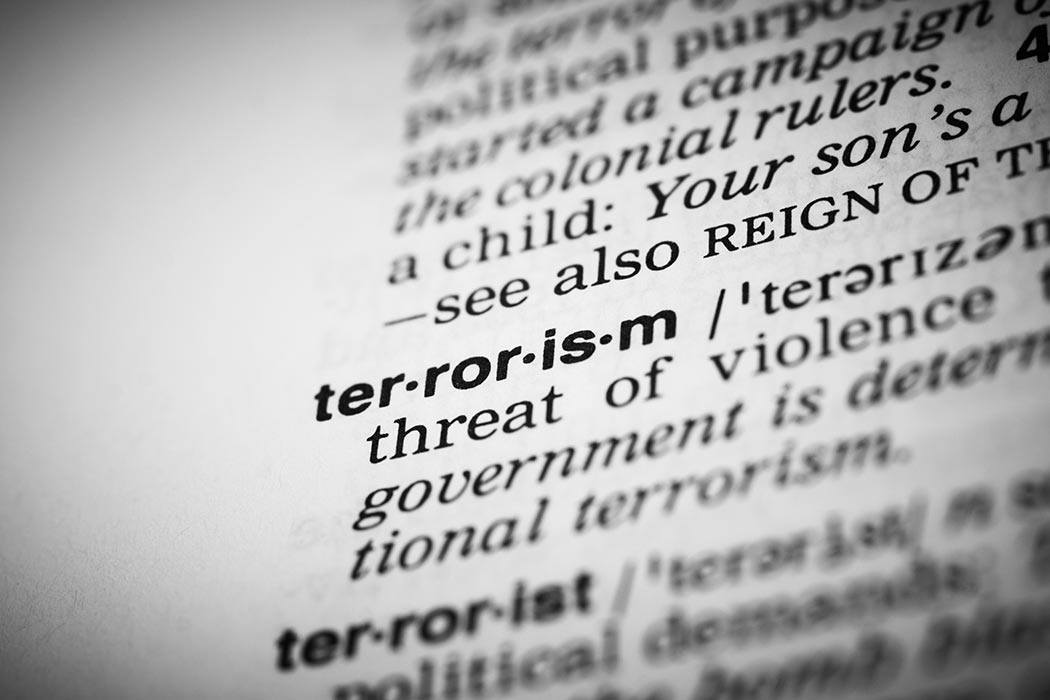What is terrorism?
Anne Rathbone and Charles K. Rowley quote the New Shorter Oxford English Dictionary definition of terrorism as “the systemic employment of violence and intimidation to coerce a government or community into acceding to specific political demands.” States do it, or support those who do; non-state actors or groups do it; and, so, of course, do “lone wolves.”
And sometimes terrorists will have support in their particular contexts, as in Rathbone and Rowley’s example of the terrorism of the French Revolution. The perpetrators viewed the use of force and bloodshed as a way to propagate the principles of democracy; its victims of course did not view it that way. Similarly, the vast majority in the United Kingdom abhorred the tactics of the Irish Republican Army, yet they found supporters and funders as distant as the U.S., where some Irish-Americans believed the cause justified the means.
Walter Laqueur gave more historical background, defining terrorism as a “substate application of violence or threatened violence intended to sow panic in a society, to weaken or even overthrow incumbents, and to bring about political change.” He began with the wave of anarchist violence at the turn of the 20th century, which saw kings, prime ministers, and presidents, including the U.S. President William McKinley, assassinated. Terrorism was then “the leading preoccupation of politicians, police chiefs, journalists, and writers from Dostoevsky to Henry James.”
The more things change, evidently, the more they stay the same: continuing through a litany of late 20th century hijackings, European leftist violence of the 1970s, the PLO, ETA, Tamil Tigers, Hamas, et cetera, Laqueur argued that things are the same but different. Chemical and nuclear weapons mean the potential for mass violence and horror is more extreme.
Above all, the old anarchists’ “propaganda of the deed” has been magnified monstrously by technology—but the technology in this case is media, as 24/7 instantaneous news and social platforms spread the message of terror worldwide.







